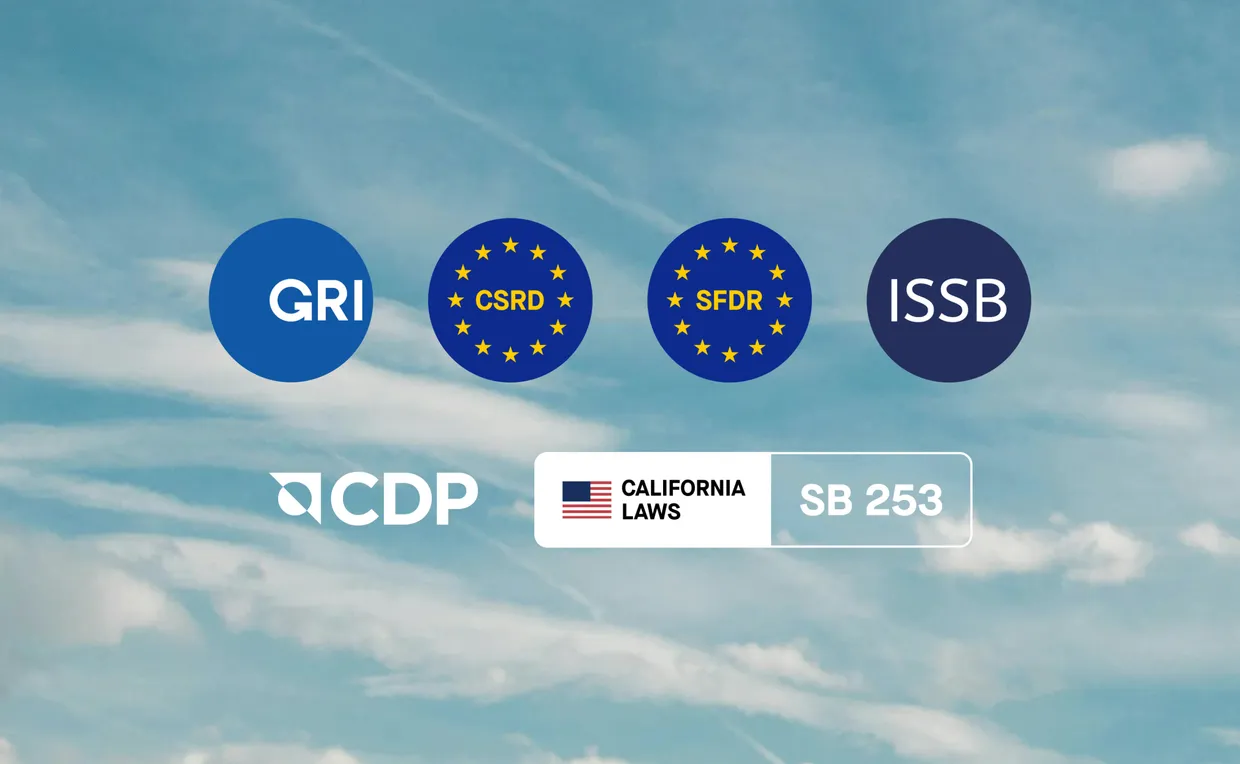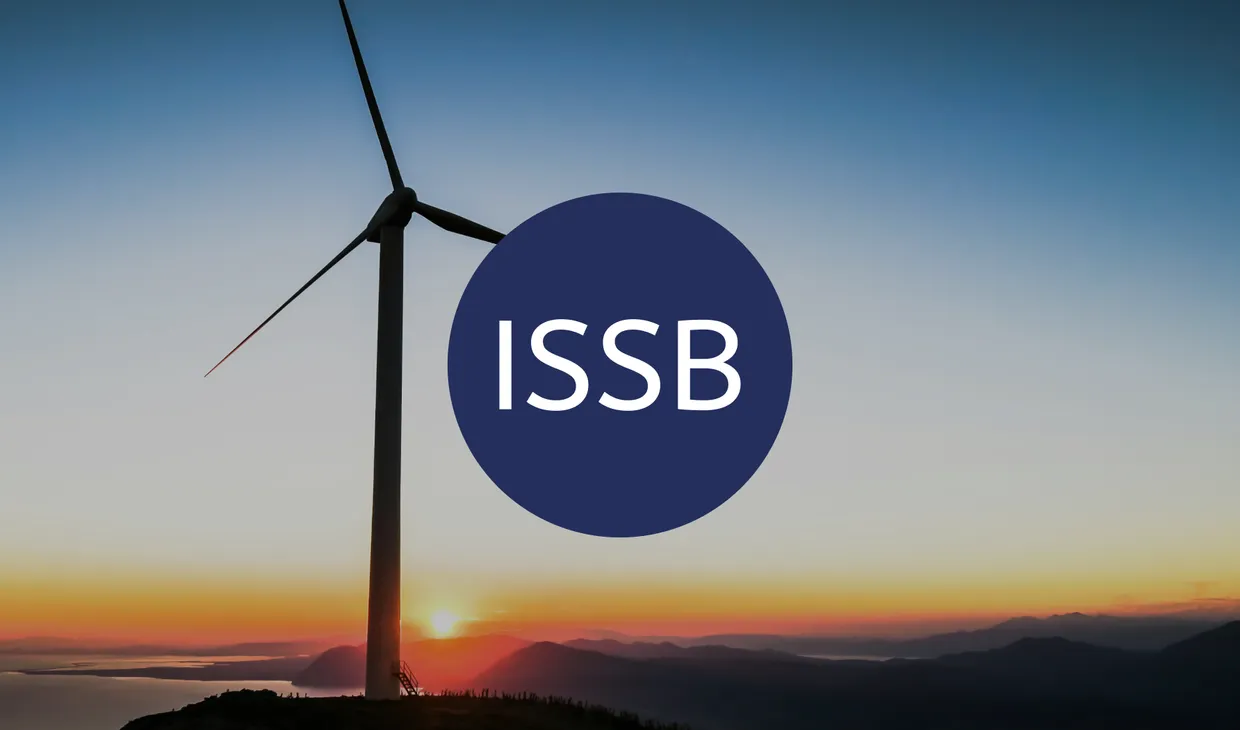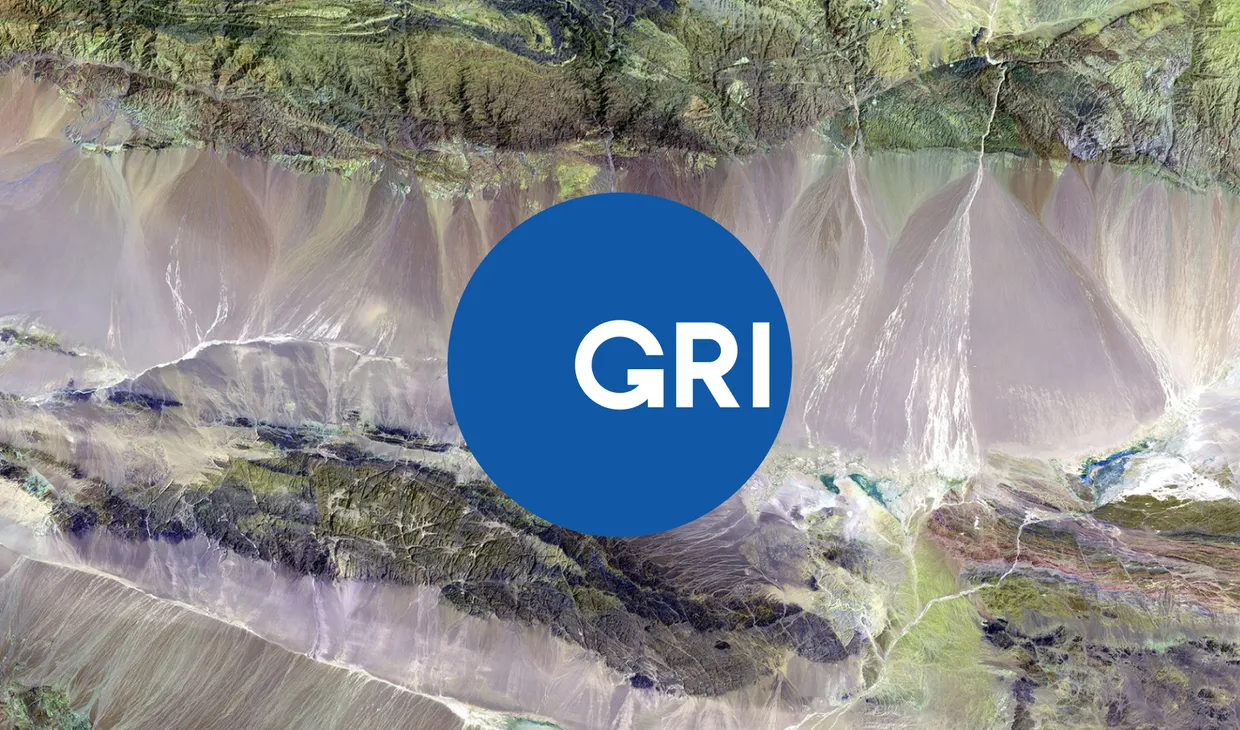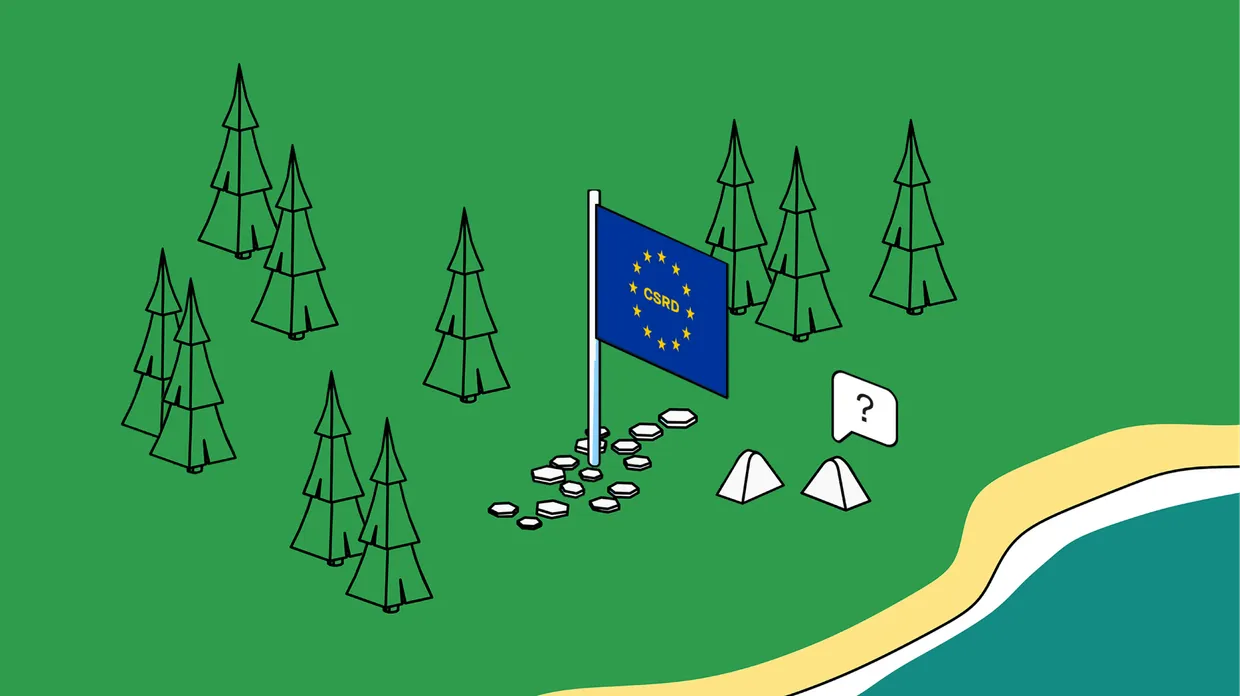Mandatory disclosures
European Union

Corporate Sustainability Reporting Directive (CSRD)
What is it?
The CSRD is the EU’s flagship sustainability reporting regulation, replacing the Non-Financial Reporting Directive (NFRD). It sets out mandatory ESG (environmental, social, and governance) disclosure requirements for large companies operating in the EU. The CSRD aims to improve transparency, comparability, and reliability of sustainability information to meet the needs of investors and stakeholders.
Following the February 2025 Omnibus Package proposal, significant amendments to the CSRD have been proposed to streamline the framework, reduce reporting burdens, and improve clarity. These changes are designed to support sustainable development and help companies embed sustainability strategy into their core operations.
Who’s covered?
Post-Omnibus, the CSRD applies only to large undertakings with:
- More than 1,000 employees, and
- Either a turnover above €50 million or a balance sheet total exceeding €25 million.
This change reduces the number of affected companies by around 80%. The proposal also introduces a voluntary ESG reporting standard for VSMEs (very small and medium enterprises), designed to limit data request burdens from larger covered firms.
What’s the timeline?
Under the Omnibus Package:
- Companies originally due to report in 2026 and 2027 (“Wave 2 and 3”) will now begin reporting two years later.
- The revised timeline gives these businesses until 2028 or 2029 to publish their first CSRD-aligned sustainability statements.
Other changes post-Omnibus:
- Sector-specific ESRS standards have been removed.
- Assurance requirements remain limited (no move to reasonable assurance).
- Data points in the ESRS will be substantially reduced.
- Companies can voluntarily report on EU Taxonomy alignment.
- The principle of double materiality remains intact.

Corporate Sustainability Due Diligence Directive (CSDDD)
What is it?
The CSDDD mandates that companies identify, mitigate, and account for adverse environmental and human rights impacts within their operations and value chains. It aims to hold companies accountable for sustainable business practices, particularly in supply chains.
The Omnibus Package has streamlined the directive to make it more feasible and focused.
Who’s covered?
The CSDDD applies to:
- EU companies with more than 500 employees and €150 million+ global net turnover.
- Non-EU companies with a net turnover above €150 million in the EU.
What’s the timeline?
The revised implementation schedule includes:
- A new transposition deadline of 2028 for the first phase of application.
Other changes post-Omnibus:
- Monitoring is now limited to direct (Tier 1) suppliers.
- Supply chain assessments will occur once every five years (rather than annually), unless otherwise necessary.
- Reporting complexity and data volumes have been reduced to streamline compliance.

Sustainable Finance Disclosure Regulation (SFDR)
What is it?
The SFDR requires financial market participants to disclose how they integrate ESG risks and impacts into their investment decisions. It’s part of the EU’s broader action plan on sustainable finance.
Who’s covered?
Applies to asset managers, pension funds, insurance firms, and other financial market participants operating in the EU.
What’s the timeline?
- Initial obligations began in March 2021.
- Level 2 technical standards became mandatory from January 2023.
Firms must make entity-level and product-level disclosures, including Principal Adverse Impact (PAI) indicators and Taxonomy alignment where relevant.
United Kingdom

UK Sustainability Disclosure Standards (UK SDS)
What is it?
The UK SDS is the government’s upcoming framework for corporate sustainability disclosures, designed to align with the ISSB standards while tailoring them to UK-specific policy needs.
Who’s covered?
Expected to cover publicly listed companies and large private businesses over time.
What’s the timeline?
- Draft UK SDS standards were expected in Q2 2024.
- Formal rollout of disclosure obligations is expected in 2025 or 2026, subject to consultation outcomes.
Streamlined Energy and Carbon Reporting (SECR)
What is it?
SECR requires UK businesses to disclose energy use and carbon emissions in their annual reports.
Who’s covered?
Applies to:
- Quoted companies,
- Large unquoted companies and LLPs that meet two of the following: 250+ employees, £36M+ turnover, or £18M+ balance sheet total.
What’s the timeline?
- Came into force in April 2019.
- Reporting is required annually within a company’s financial filings.
United States

California Climate Accountability Laws
What is it?
In 2023, California passed two landmark climate disclosure laws:
These laws mirror many elements of the TCFD framework and represent the most ambitious state-level legislation in the US.
Who’s covered?
- SB 253: Companies doing business in California with $1B+ in global annual revenues.
- SB 261: Companies with $500M+ in global annual revenues.
What’s the timeline?
- SB 253 emissions disclosures begin in 2026.
- SB 261 risk disclosures begin in 2026 and are due biennially.
Voluntary frameworks

Global Reporting Initiative (GRI)
What is it?
The GRI Standards offer a globally recognized framework for sustainability reporting, focusing on an organization’s economic, environmental, and social impacts.
Who’s covered?
Voluntary for all organizations, but widely used by large multinationals, public sector entities, and NGOs.
What’s the timeline?
- No mandatory deadlines. Reporting is typically annual.
- GRI Standards are regularly updated, with the latest revision published in 2021.

International Sustainability Standards Board (ISSB)
What is it?
Formed by the IFRS Foundation, the ISSB develops global sustainability disclosure standards. In 2023, it released two baseline standards:
- IFRS S1 (General sustainability-related disclosures)
- IFRS S2 (Climate-related disclosures)
Who’s covered?
Voluntary at a global level, but likely to be adopted or endorsed by regulators (e.g., the UK’s SDS).
What’s the timeline?
- Final standards were released in June 2023.
- Adoption depends on jurisdiction. The UK plans endorsement in 2025.

What is it?
Developed by the Financial Stability Board, the TCFD provides guidance on climate-related financial risk disclosures across governance, strategy, risk management, and metrics/targets.
Who’s covered?
Voluntary, but widely adopted by companies and financial institutions worldwide. The UK and New Zealand have made TCFD disclosures mandatory for certain entities.
What’s the timeline?
- Originally released in 2017.
- In 2024, TCFD responsibilities were transitioned to the ISSB.

What is it?
The CDP is a non-profit that runs a global environmental disclosure system, helping companies, cities, and governments measure and manage their environmental impacts. It aligns closely with TCFD.
Who’s covered?
Voluntary, but heavily used by companies responding to investor, customer, or supply chain data requests.
What’s the timeline?
- Annual disclosures through CDP’s platform, typically aligned with a July submission deadline.
The future of environmental reporting
The climate disclosure landscape is evolving quickly, driven by global momentum for corporate accountability, regulatory harmonization, and investor demand for transparent sustainability data. The EU’s Omnibus Package signals a shift toward simplification and proportionality, while frameworks like ISSB and TCFD help build international coherence.
Regardless of the regulatory environment, companies that invest early in accurate, meaningful ESG data will be best positioned to meet compliance obligations, access capital, and build stakeholder trust.
Effective sustainability reporting improves a company’s reputation, supports sustainable development, and meets stakeholder expectations. As legal requirements expand across EU member states and beyond, businesses that align their reporting process with these standards will gain a competitive advantage and lead the way in corporate sustainability performance.
We’ll continue monitoring updates and legislative changes to ensure you stay informed. If you need tailored guidance on preparing for upcoming reporting obligations, reach out to your sustainability advisor or legal counsel.













